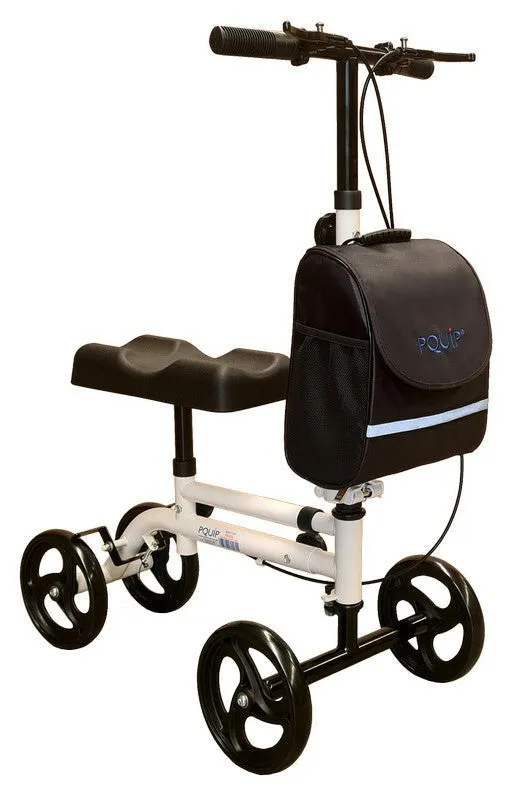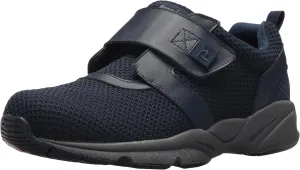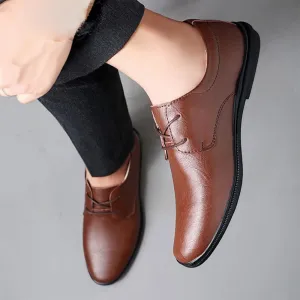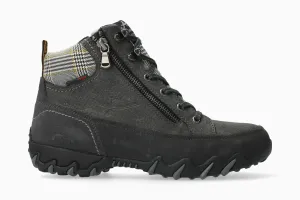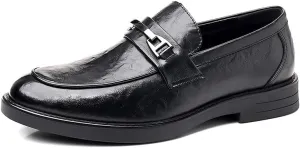This Steel Knee Walker is compact mobility aid to assist people who have a lower leg injury keep and keep them active. It helps to keep your injured foot for non-weight bearing while you move about freely.
The Steel Knee Walker replaces the need for crutches, which can be unstable, difficult to use and can increase the chance of re-injury. The Steel Knee Walker is a stable base, easy and enjoyable to use. Suitable for all ages.
This is fully adjustable for comfort. No more sore armpits and arms caused by using crutches.
Lightweight and compact, the Steel Knee Walker makes it easy to manoeuvre around the home, office, restaurants or shopping with friends. The Steel Knee Walker can get you there with ease, even in tight spaces.
Improves mobility and optimises independence in the community and at work.
Product Description
- Steel Knee Walker
- Height adjustable knee support and handle bars
- Handle bars fold down for easy storage
- Lockable hand brakes to rear wheel
- Front nylon storage bag
- Colours: White
- Handle Height: 84.5cm to 105 cm
- Knee Pad Height: 40.5cm to 48.5cm
- Knee Pad Width: 17.5cm
- Knee Pad Length: 35.5cm
- Overall Length: 71cm
- Overall Width: 41 cm
- Folded Height with kneepad intact: 71cm x 41cm x 62cm
- Folded Height with kneepad removed: 71cm x 41 x 41cm
- Front Castors Outer Width: 43.5cm
- Rear Castors Outer Width: 23.5cm
- Wheel Size: 8" castors
- Weight Capacity: 120kg
- Net Weight: 10 kg
- Box measurement:64 x 65 x 29 x 11.1kg
Preparing to Stand Up:
- Engage the brakes.
- Move forward and sit as close to the edge of the chair as you feel comfortable.
- Keep your feet as far under you as possible. Aim to place your toes directly below the edge of the chair.
- Place both hands on the arms/seat of your chair OR one hand on the chair and one hand on the walker. Do not tip the walker by placing too much weight on one side of the walker as you stand.
- Lean forward until you feel some of your weight on your feet.
- Use your legs to stand as much as possible – your arms should only lift what your legs cannot. Use your arms mostly to help keep your balance as you stand.
- Do not walk forward until you have tested your balance and you feel strong enough to walk.
- Disengage the brakes.
Preparing to Sit Down:
- Stand directly in front of the chair, facing away from it. The back of your legs should be almost touching the chair. Do not start to sit until you are balanced and standing still.
- Move the walker a little away from you so that you can bend slightly forward as you sit down.
- Engage the brakes.
- Reach behind for the chair with both hands (preferred) or with one hand and one hand on the walker. Do not tip the walker by placing too much weight one side as you sit.
- Slowly lower yourself using your legs as much as you can.
- If you “plop” into the chair, try leaning a little more forward as you sit and bend your knees to lower yourself to the chair.
Walking with a Wheeled Walker:
- Place your walker ahead of you before you take any steps.
- Gently roll the walker ahead of you as you walk. Keep the walker close enough to you that it is supportive.
- If your steps are uneven, its best to shorten your longer step rather than work to lengthen your shorter step. The shorter step is usually the step where you have less balance.
- To turn around: stay within the width of the walker even if you are slightly behind. Roll the walker around you without twisting your back – you should always be facing the front of the walker.
- When standing in the kitchen and bathroom: use the counters for your support rather than the walker – but keep the walker within reach.

